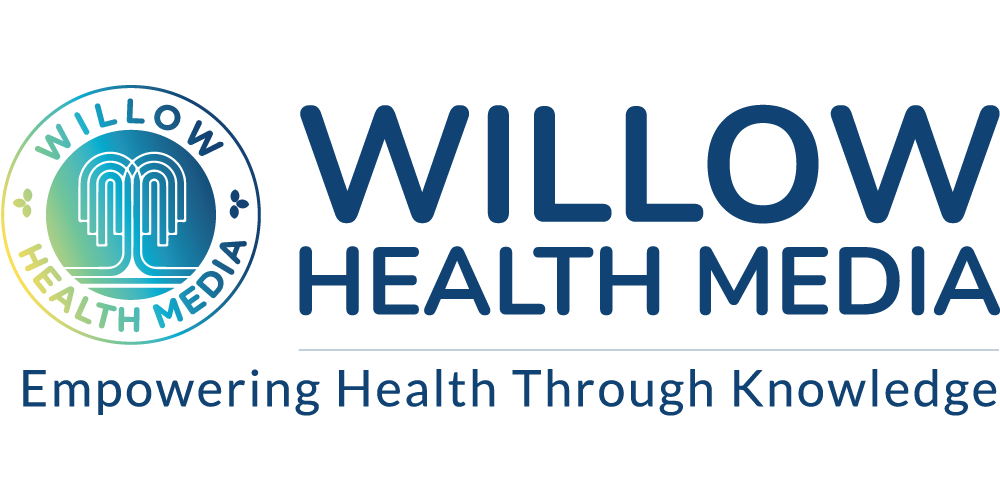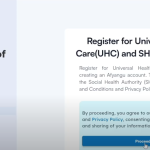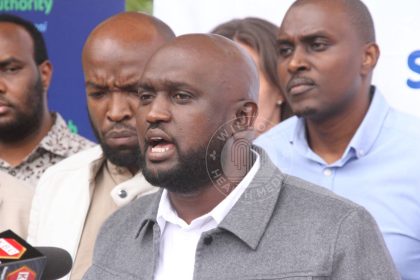Many hospitals also face financial migraine over salaries, shortage of essential supplies and reliance on loans to sustain operations
Rural and Urban Private Hospitals Association of Kenya (RUPHA) has decried the delay and minimal disbursement of funds from the government, 100 days after the Social Health Authority (SHA) rolled out the new healthcare financing system.
A survey conducted by RUPHA between December 24 and 31, 2024, revealed that only 42 per cent of healthcare facilities received payments for their SHA claims, with 58 per cent having received no payments at all, exposing ongoing inconsistencies in disbursement.
“Payments were predominantly minimal with 52 per cent of facilities receiving payments for less than 20 per cent of their submitted claims, and 58 per cent of paid facilities receiving only one payment during the three-month period,” reads part of the statement.
This report is based on responses from 243 healthcare facilities out of 1,500 contacted, with 77 per cent private, 20 per cent Faith-Based Organizations and three per cent being public health facilities.
It also indicates that the majority of the facilities were Primary Care (Levels 2 and 3) facilities, while tertiary care facilities (Levels 5 and 6) represented a smaller proportion.
The survey indicates that in October 2024, only 19 per cent of facilities received payments, leaving 81 per cent unpaid. The situation improved in November when 23 per cent of the facilities received payments and 77 per cent were unpaid.
However, the situation regressed in December with only 20 per cent receiving payments and 80 per cent remaining unpaid.
Regarding NHIF arrears payment, the survey also revealed disparities, with 49 per cent of facilities reporting no payments, 40 per cent receiving payments and 11 per cent uncertain whether payments received were for arrears.
“Tertiary care facilities (Levels 5 and 6) reported better payment rates compared to primary facilities (Levels 2 and 3) where challenges were more pronounced,” reads the RUPHA report.
Additionally, the survey showed that Faith-Based Organizations fared slightly better in regard to NHIF arrear payments overall, while private facilities received only 38 per cent of the arrears.
According to RUPHA, this raises concerns about funding equity and operational sustainability. Among the Faith-Based Organizations, low payment rates for Level 5 facilities were particularly concerning, further straining facilities providing critical tertiary-level services.
The Association states that equitable payment mechanisms and streamlined reconciliation processes are crucial in addressing such challenges. “This includes efforts to ensure timely and transparent arrears settlements across all facilities to sustain service delivery.”
The survey also exposed continuing financial constraints across healthcare facilities where five per cent of the primary healthcare facilities and 51 per cent of tertiary facilities received payments exceeding Ksh1,000,000 during the survey period.
“Newly contracted and previously contracted facilities reported similar experiences with over 40 per cent of both categories receiving payments covering less than 10 per cent of their liabilities,” says RUPHA.
At least 56 per cent of tertiary facilities were able to complete the NHIF reconciliation process, whereas the primary care facilities faced significant barriers such as lack of awareness of the process and limited access to claims portals.
Administrative inefficiencies were also highlighted, as 52 per cent of unpaid facilities were asked to resubmit bank details.
Despite such challenges, private facilities were the worst hit by financial distress at 98 per cent followed by Faith-Based Organizations at 90 per cent. This indicates that, generally, at least 96 per cent of the facilities surveyed were recording financial distress.
Operational costs were identified as the leading cause of financial distress to the facilities at 89 per cent, payroll expenses at 81 per cent, and shortage of essential supplies and reliance on loans to sustain operations.
“The survey emphasizes the need to address disparities in payment disbursement and reconciliation processes while highlighting the vital role of key healthcare associations in facilitating their critical analysis,” concludes the statement.
